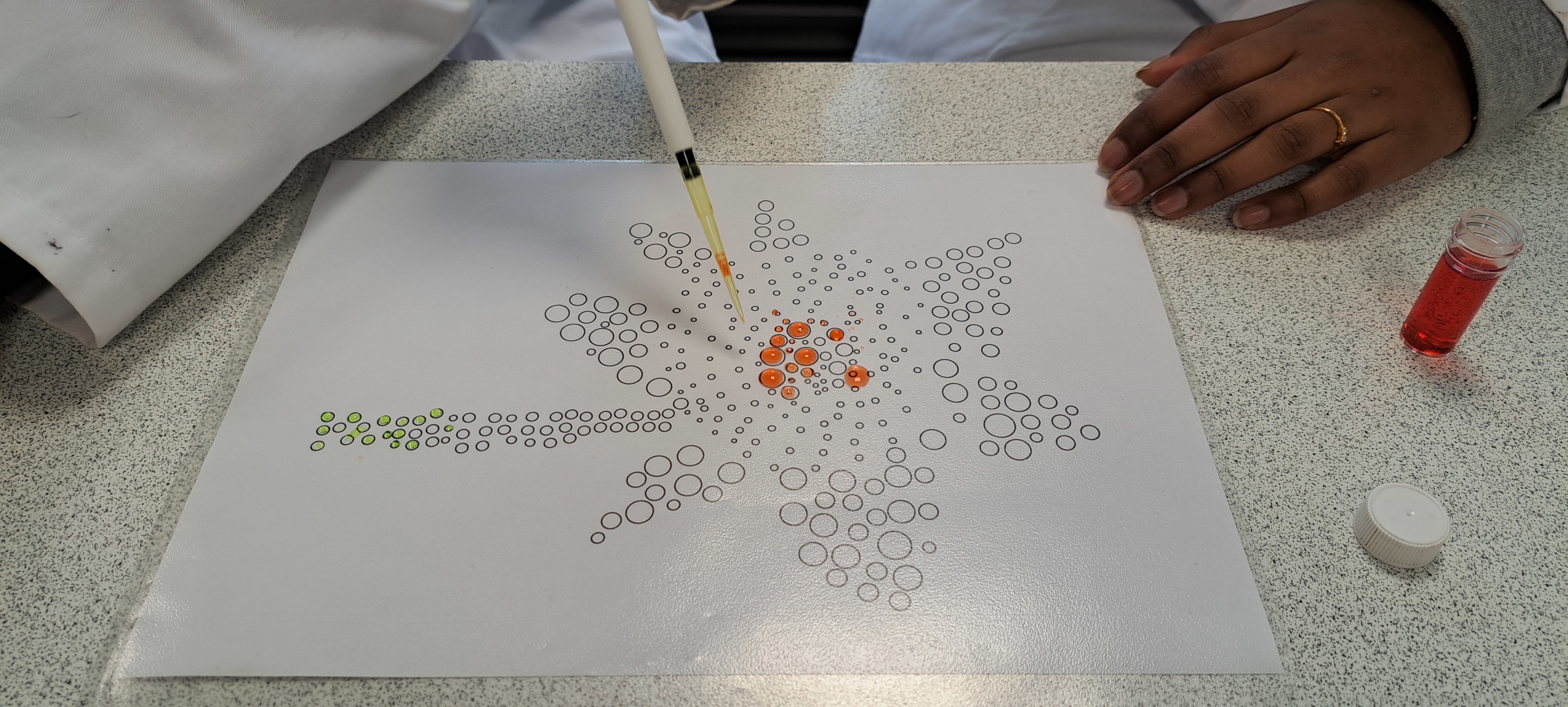
As the first signs of spring begin to bloom, St Margaret’s School for Girls students involved in The Daffodil DNA Project are gearing up to share the latest findings of their research at a Lab Day taking place at the school this month.
Senior pupils have been participating in the project, run by The University of Dundee, since March 2024. The initiative aims to inspire the next generation of plant scientists and molecular biologists as well as obtain genetic data on a very valuable but understudied genus.
As part of the ongoing collaborative project, funded by a Royal Society Partnership Grant, the school is preparing for an interactive Daffodil DNA Lab Day, where students will be tasked with extracting DNA, carrying out DNA library preparation and using software tools to assemble and analyse the DNA sequence.
Over the past year, pupils have made significant strides in understanding the genetic
components that contribute to different daffodil flower colours, shapes and sizes. They have been using living collections from Brodie Castle, located in Moray, Scotland, and Croft 16, a partnership set up for selling surplus bulbs of heritage daffodil varieties.
The STEM partners involved in the project are from the world-leading James Hutton Institute and include a diverse team of postdoctoral researchers and senior academics from the University of Aberdeen and University of Dundee, giving students the opportunity to see the potential of a career in science.
Head of Biology and Sustainability at St Margaret’s School for Girls, Abby Miller, said “We are thrilled with the progress our students have made over the past year. This project not only enhances our understanding of DNA and phylogenetics but also the potential for pupils to engage with cutting edge technology that will hopefully inspire them to start thinking about their own futures and the opportunities that are available to them if they pursue a career in science. “It’s an exciting moment as we enter spring, and this project is an incredible opportunity for girls to participate in primary science research with expert guidance from STEM partners. As well as DNA sequencing lab work, students have been making and recording growth and phenotype observations, learning extraction techniques, and are looking forward to our STEM partner labs in Dundee and working with big data to look at the relatedness of the daffodils.”
Isha shared “Participating in the Daffodil DNA Project has been an amazing experience. I learned so much about the DNA of different daffodil varieties and their phenotypes. It really opened my eyes, as I had never considered the genetic makeup of daffodils before, and now I find it fascinating. Throughout the project, we gained hands-on experience with various scientific techniques, such as micropipetting and using a centrifuge, which I found very interesting. We also conducted experiments like thin-layer chromatography to separate chlorophyll pigments and electrophoresis to separate DNA fragments. I hope I can continue to learn more about the daffodil and do more experiments next year.”
Clarissa added “For me being part of the Daffodil DNA project has been such a wonderful experience. I’ve been able to develop my skills in lab work, scientific research and have been fortunate enough to work with such an amazing team of young women. Personally, I’ve always been interested in the field of genomics, so for me it was super interesting to learn and do multiple DNA extractions from the leaves of the daffodil plant. Furthermore I think the project is a great way for girls to develop their interest in biology and learn things that wouldn’t necessarily be taught in the classroom. I recommend everyone to join a project like this at least once - even if you’re not interested in a career in STEM - as you can learn life long skills that will be useful in other areas of work".